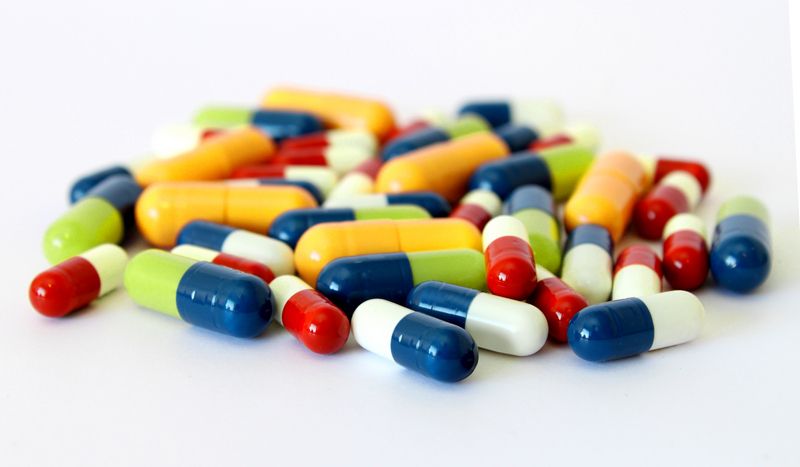The Drug Delivery System study group from the Faculty of Science and Technology and the Faculty of Pharmacy Universitas Airlangga has successfully developed significant results on the interaction of a hard shell capsule to its active ingredient, salicylamide (SCA).
This research is part of the continuous development of the seaweed-based hard capsule with the hope could be an alternative to gelatin-based hard capsules. The drug matrix, also known as the drug delivery system (DDS), should be produced from various forms and materials. One of the common matrix used is a capsule. However, this development takes a long time because of limited references on drug interaction to its matrix. In this case, the interaction studied is the salicylamide with the seaweed-based hard capsule. The matrix is made of the composite of κ-carrageenan (CRG) crosslinked with maltodextrin (MD) and plasticized by sorbitol (SOR). As comparison, paracetamol (PCT) that has been studied in advance was used. It is known that a drug could develop some effects to our body when released from the matrix. Therefore, the physical and chemical properties between the two drugs were compared computationally.
In vitro dissolution analysis was conducted at various pH levels (1.2, 4.5, and 6.8) to measure the potential as an oral drug. In a peroral capsule, the delivery system should be traveled to our gastrointestinal or colon. One of the factors affecting the release of a drug is the drug itself might interact with the matrix molecules that lower the solubility of the active ingredient and/or slow down the release from the matrix.
This analysis was firstly done by preparing the standard curve to determine the concentration of salicylamide in each result. The primary standard solution was prepared by diluting 10.0 mg of salicylamide into 100 mL deionized water to create a 100 ppm of solution. Subsequently, the resulted solution was diluted more to create 1, 10, 20, 40, and 50 ppm of solutions. This analysis was conducted based on USP-37 (United States Pharmacopoeia). Six capsules consisting of salicylamide were located on 900 mL of dissolution medium at 37 ± 0.5 °C. In the considered time interval, 10 mL sample was collected to be analyzed further using UV-Vis spectrophotometer at 236.6 nm. Profile dissolution was finally created by plotting the concentration versus time.
From the result, it is known that at different pH levels, the dissolution rates of salicylamide from the seaweed capsule were different significantly and statistically compared to that of paracetamol in the same capsule. For example, the similarity factor of the dissolution profile of paracetamol and salicylamide is 39.40 at pH 1.2.
Based on the results, this study hopes to be considered in the development of alternative drug matrixes.
Author: Esti Hendradi
The full article:





